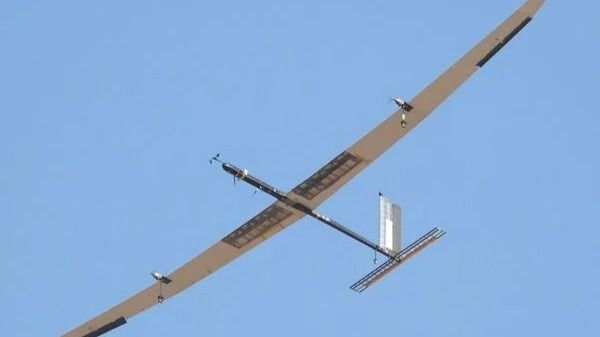SOURCE: AFI

The Indian Institute of Science (IISc) Bangalore is at the forefront of a groundbreaking project to develop a High-Altitude Platform (HAP). This unmanned aerial vehicle (UAV) is designed to operate at a stratospheric altitude of 20 kilometers, offering a unique blend of satellite-like persistence and aircraft-like flexibility.
HAPs are poised to revolutionize telecommunications and earth observation. By operating above weather conditions and flight paths, they can provide uninterrupted service for up to 90 days. This endurance, combined with the ability to be repositioned, sets them apart from traditional High-Altitude Long Endurance (HALE) UAVs.
CSIR-National Aerospace Laboratories (NAL) is leading the charge in India’s HAP development. Their approach involves creating a heavier-than-air UAV with a conventional aircraft configuration, powered by solar energy and batteries. The challenge lies in achieving an extremely low weight while carrying sufficient energy storage for months of operation.
The project faces numerous technical hurdles. Operating at such high altitudes demands innovative solutions for low-temperature avionics, efficient propellers, and high-energy density batteries. Additionally, the aircraft’s structure must be lightweight yet capable of withstanding the extreme conditions of the stratosphere.
Despite these challenges, CSIR-NAL has made significant progress. Their subscale aircraft has successfully completed an 11-hour flight at an altitude of 25,000 feet, demonstrating the feasibility of the concept.
If successful, India’s HAP will be a game-changer, providing a cost-effective and flexible alternative to satellites for various applications, from disaster management to broadband connectivity.